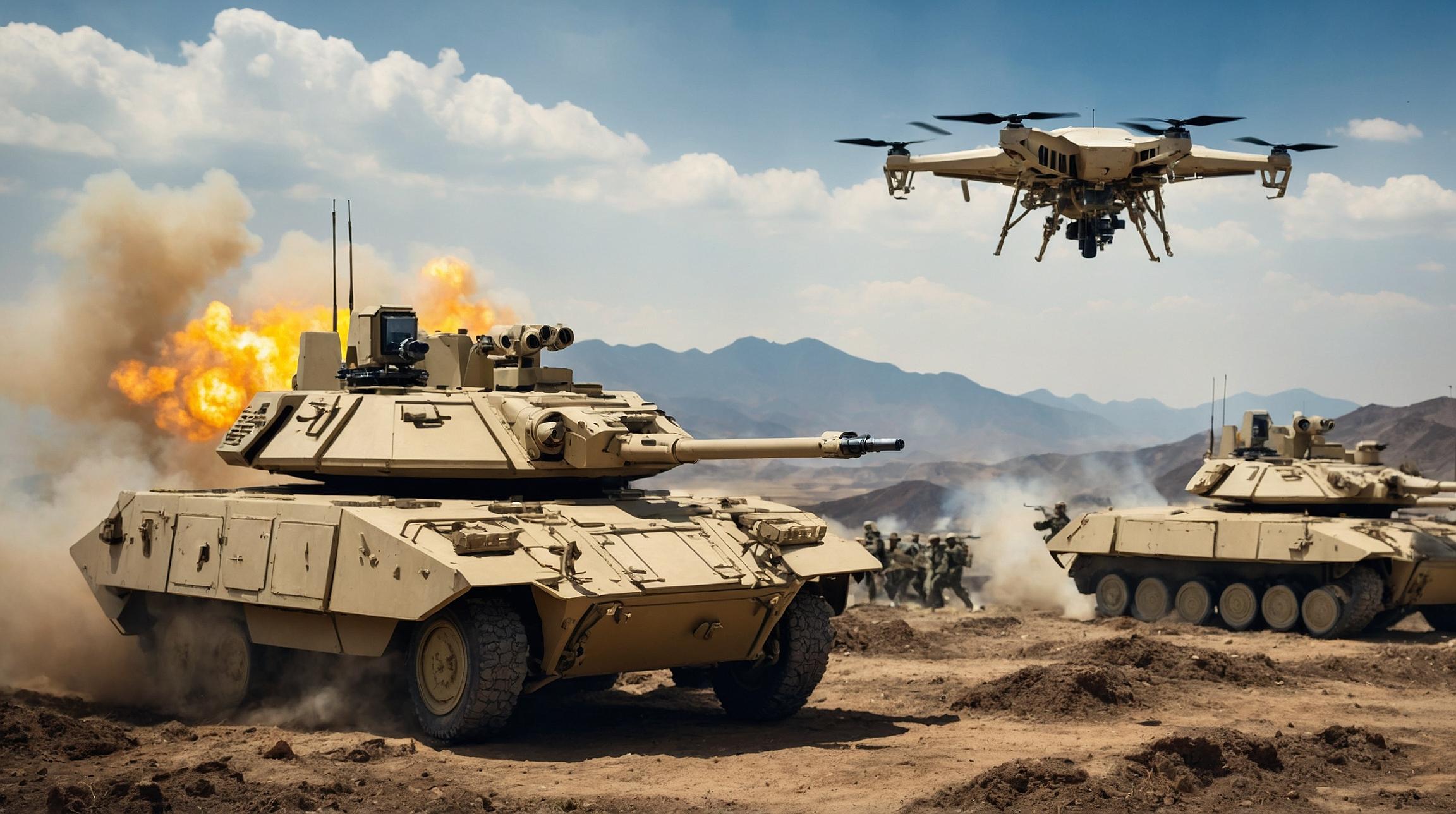Understanding the Rise of Anti-Drone Technology
China’s military is increasingly focusing on anti-drone technology as a crucial element for future battlefield success. This interest is driven by observations from the Ukraine war, where drones have played a significant role in reconnaissance and attacks. Consequently, the People’s Liberation Army (PLA) is urging both military and private manufacturers to enhance their capabilities in producing sophisticated anti-drone systems.
Insights from the Ukraine War
The PLA's approach is informed by studying the successful use of anti-drone technology in recent conflicts. According to a report from PLA Daily, training exercises, such as those in Kunming, Yunnan, are being conducted to test these capabilities. For instance, Britain’s DragonFire, a high-powered laser weapon, has been closely studied for its effectiveness.
Strategic Importance in Modern Warfare
Drones, including unmanned aerial vehicles (UAVs), have become pivotal in modern warfare. An article published in June highlighted how foreign militaries often use detection and electronic jamming for anti-UAV operations. These methods have proven effective, prompting calls for developing smarter and more efficient systems within China's military.
Global Perspectives and Developments
Other nations are also prioritizing the development of anti-drone technology. Israel’s air defenses have been noted for their emphasis on countering drone threats. A Pentagon report from last year indicated that the PLA’s air defense units are similarly focusing on protecting against low-flying and suicide drones.
Implications for Regional Security
The relevance of anti-drone technology extends to potential conflicts such as in the Taiwan Strait, where the U.S. has signaled intentions to deploy drones if necessary. Meanwhile, Taiwan itself has allocated significant funds, approximately NT$4.98 billion, to enhance its anti-drone defenses.
Domestic Market Dynamics in China
On the mainland, the domestic market for anti-drone technology is thriving. Companies like Jindowin in Nanjing are experiencing a boom, driven by both domestic security needs and political events which often see increased demand for drone restrictions. Despite Western accusations of supporting Russia, China has tightened export restrictions on military-capable drone technology.
Economic and Strategic Advantages
China's economic structure provides an advantage by integrating all elements of the supply chain, enabling the production of high-quality, cost-effective anti-drone products. This capability is crucial not only for military applications but also for maintaining security during significant political events.













